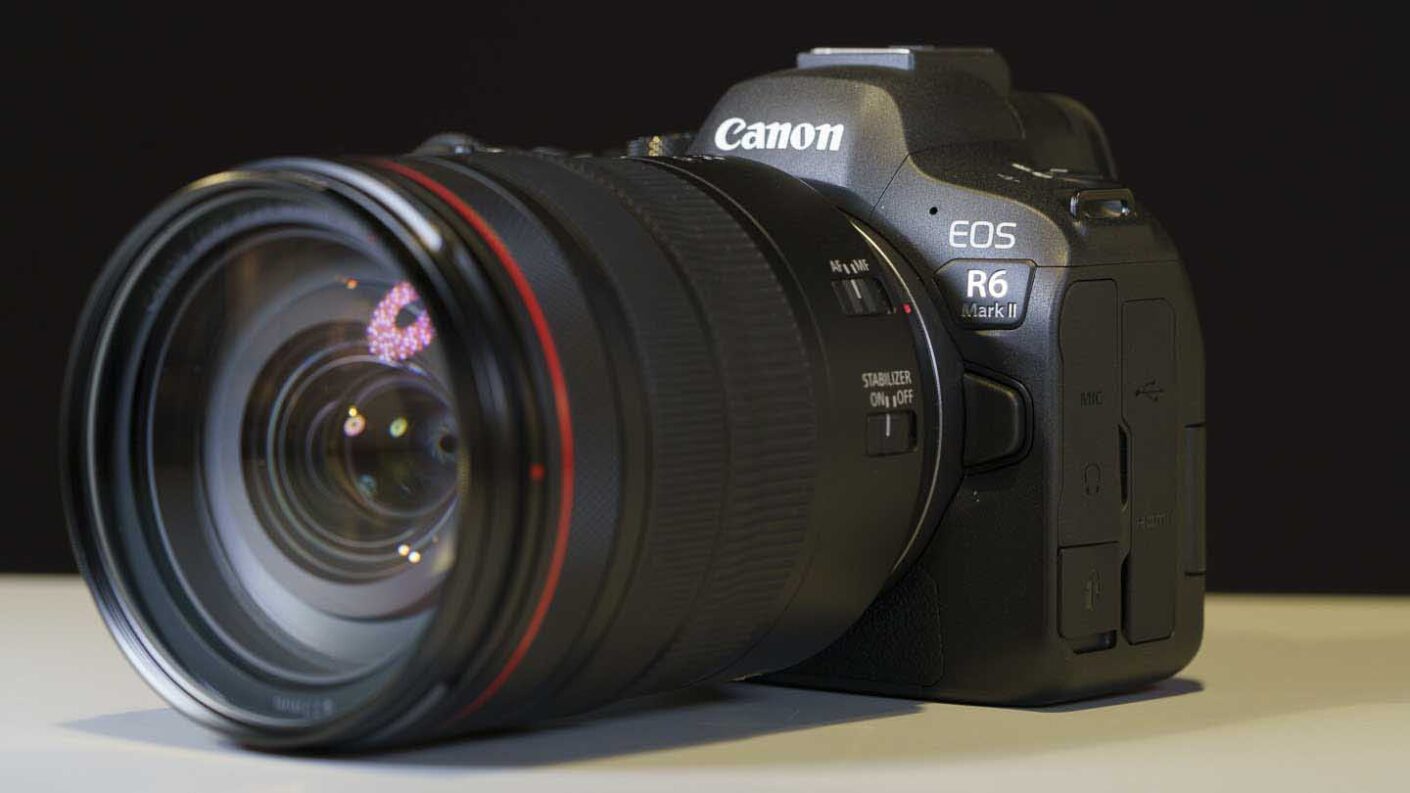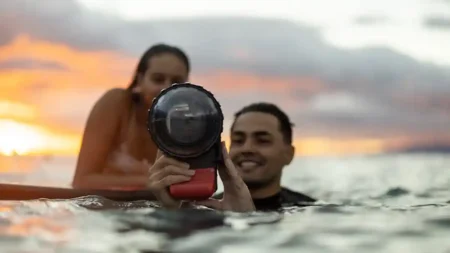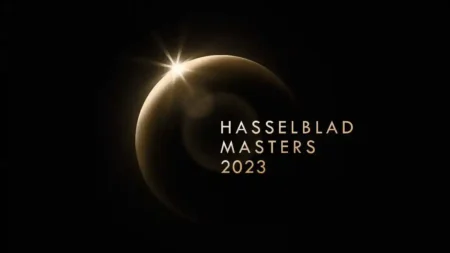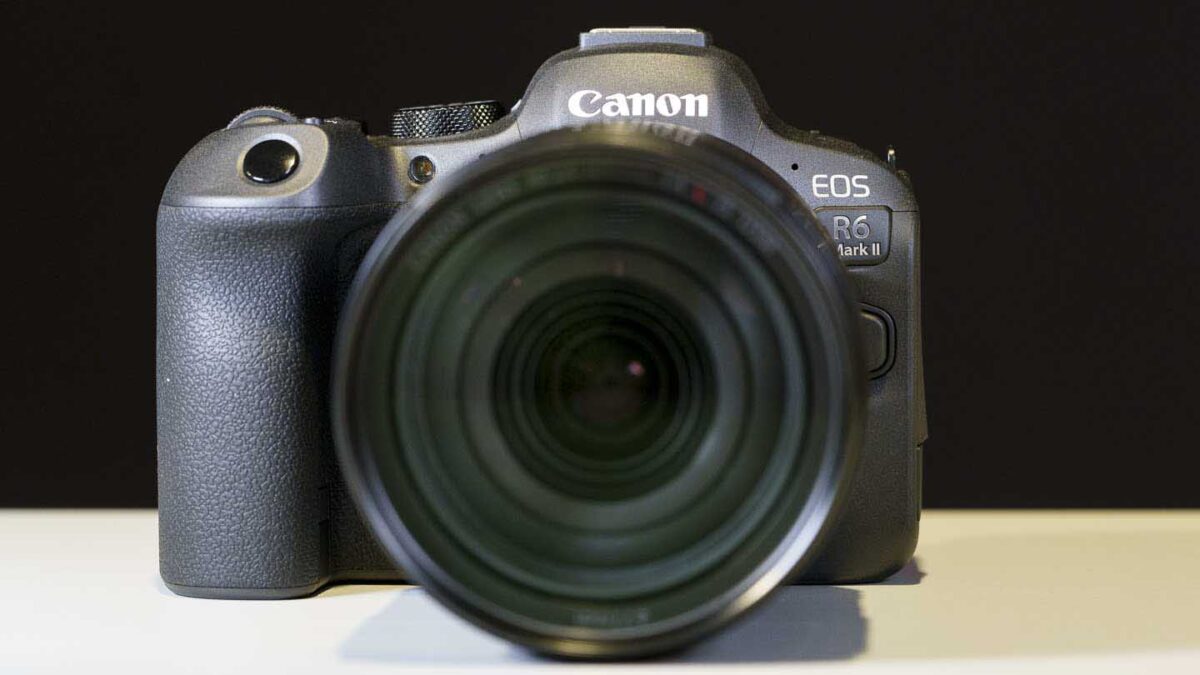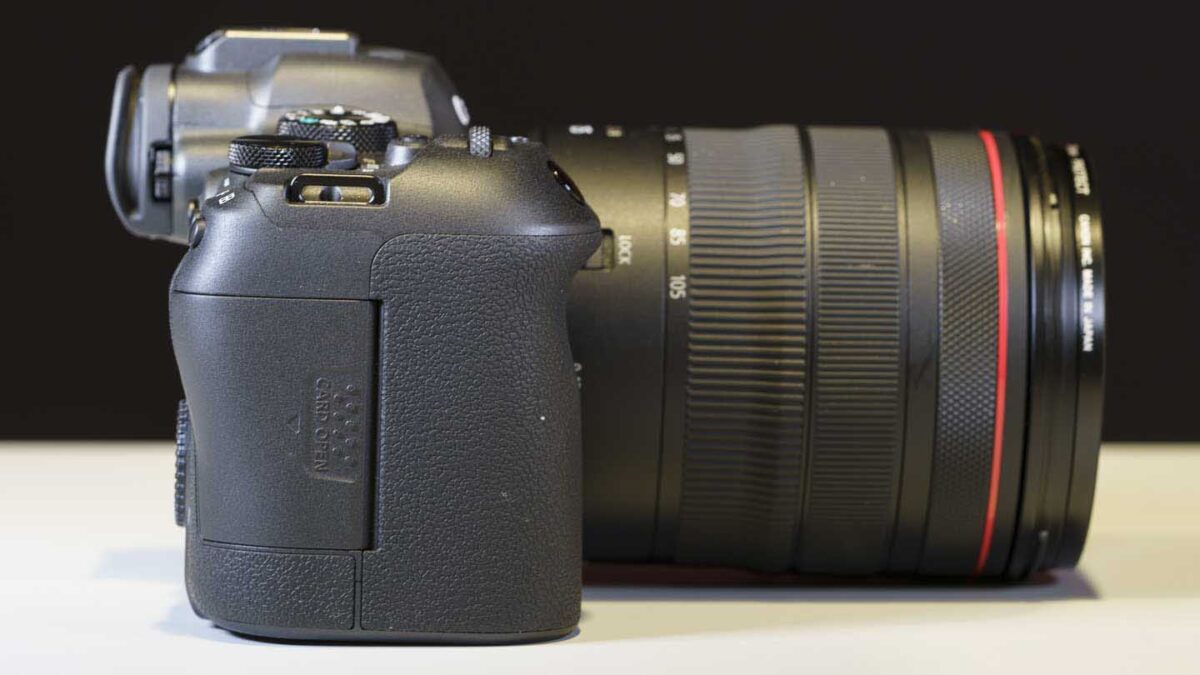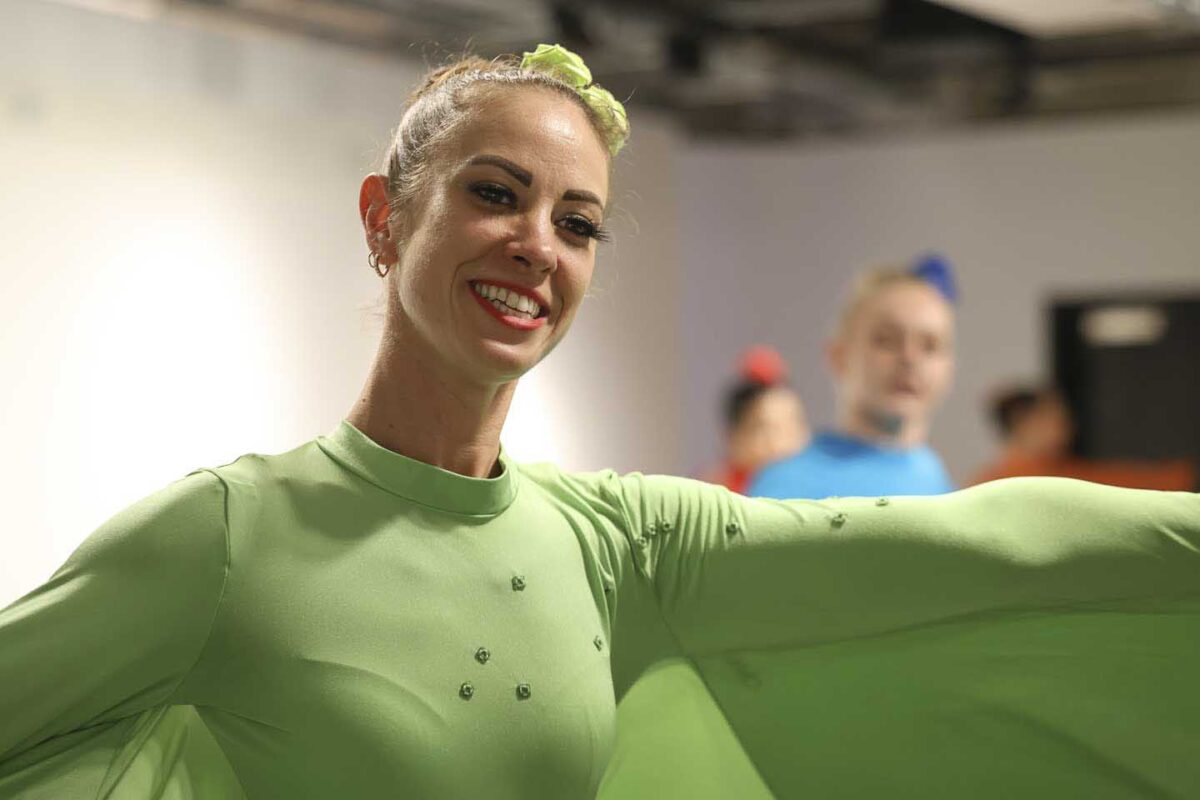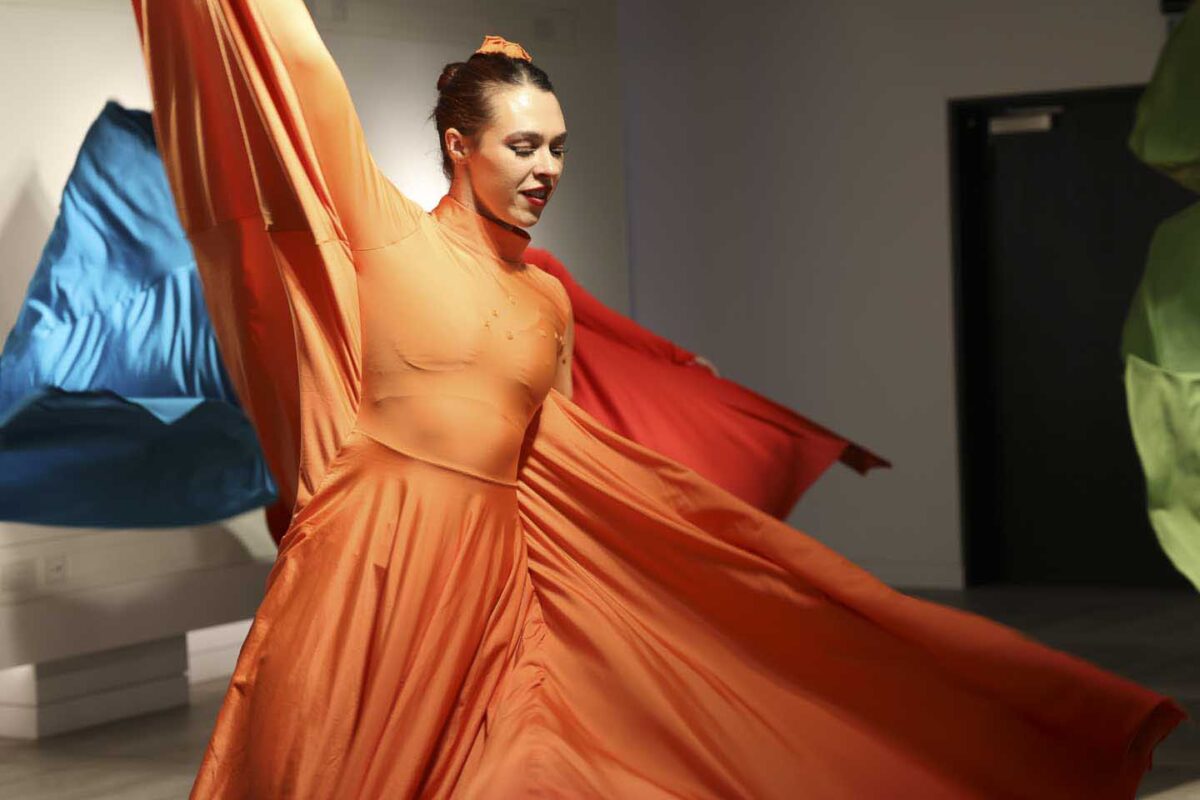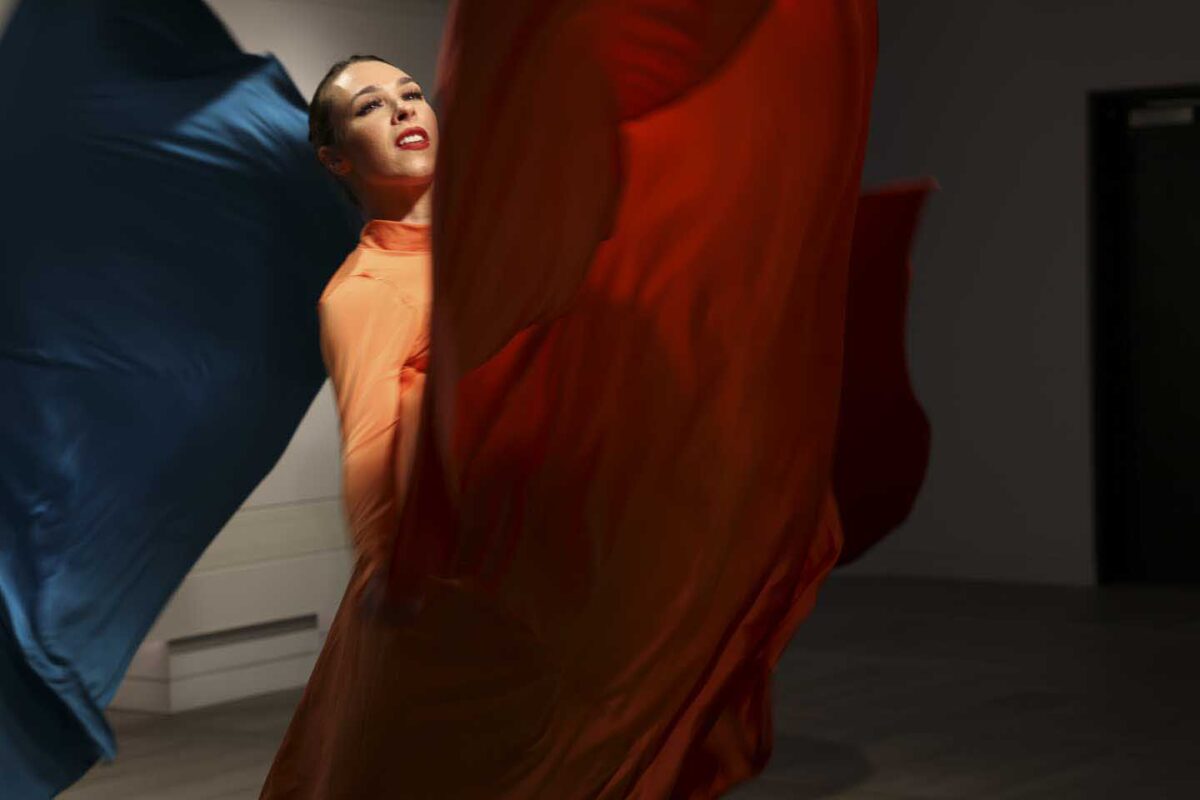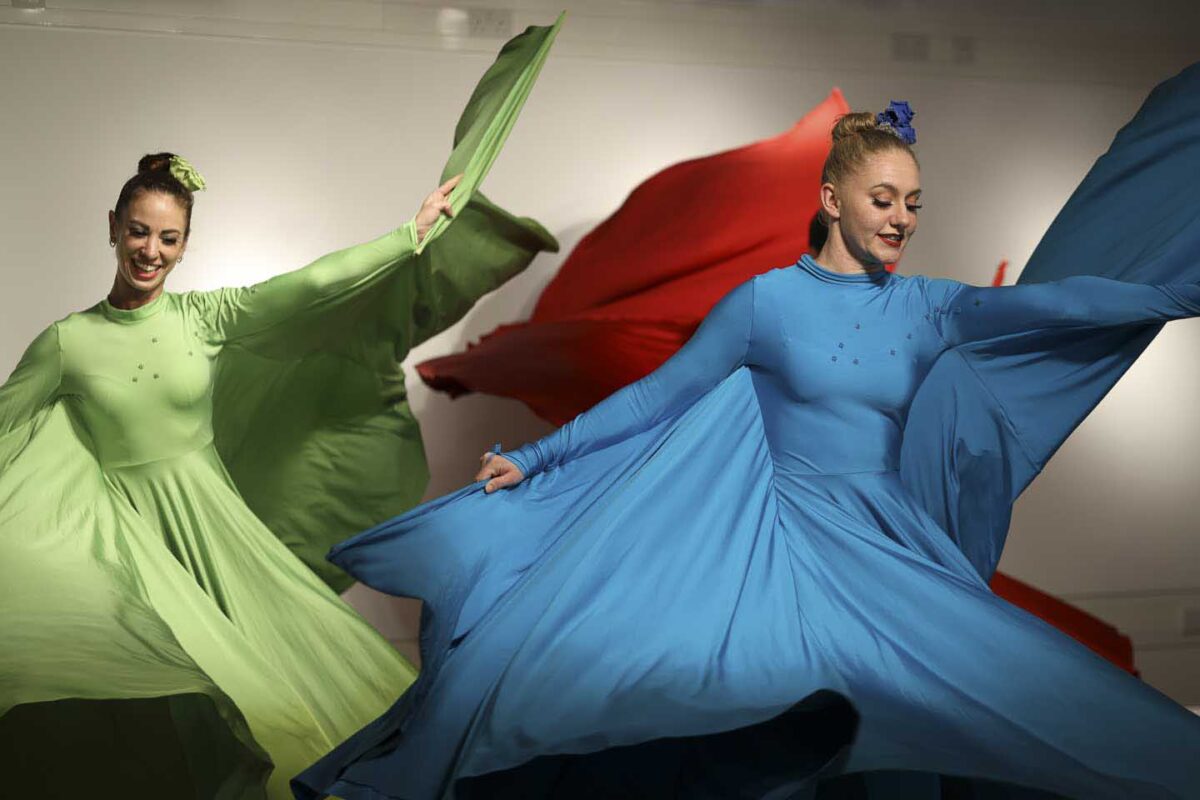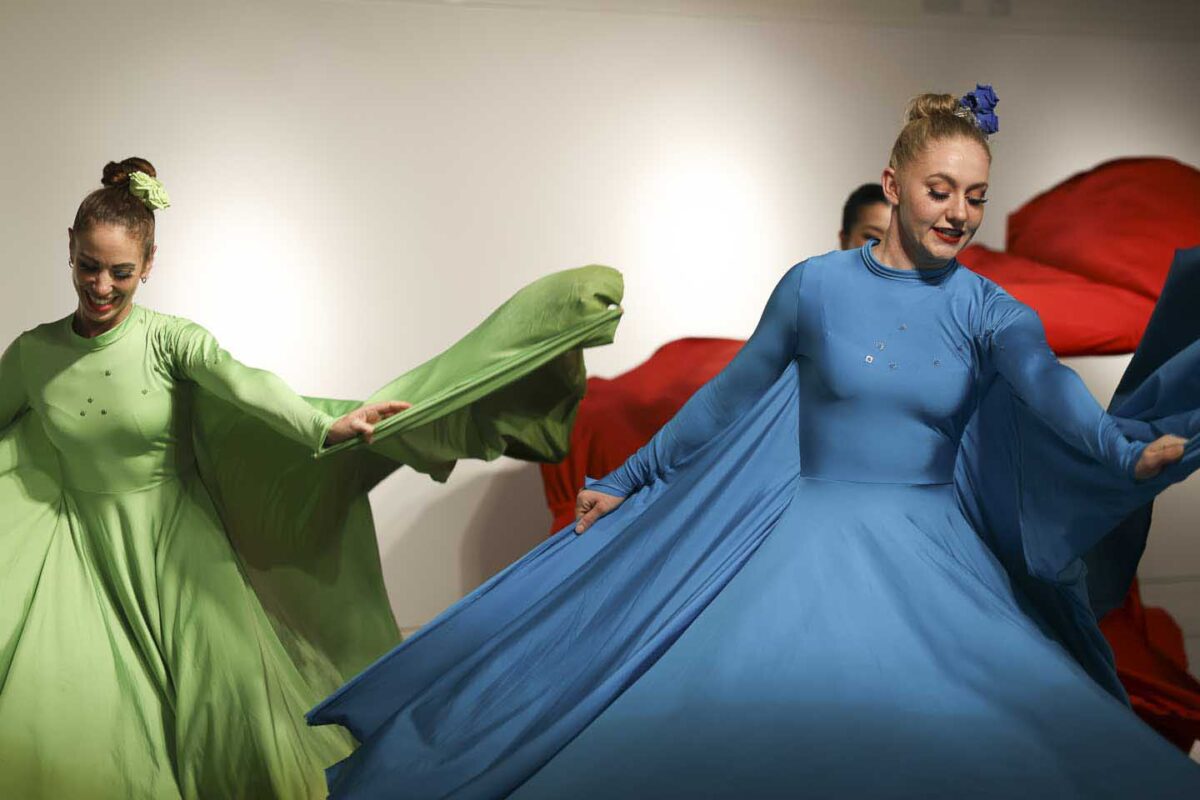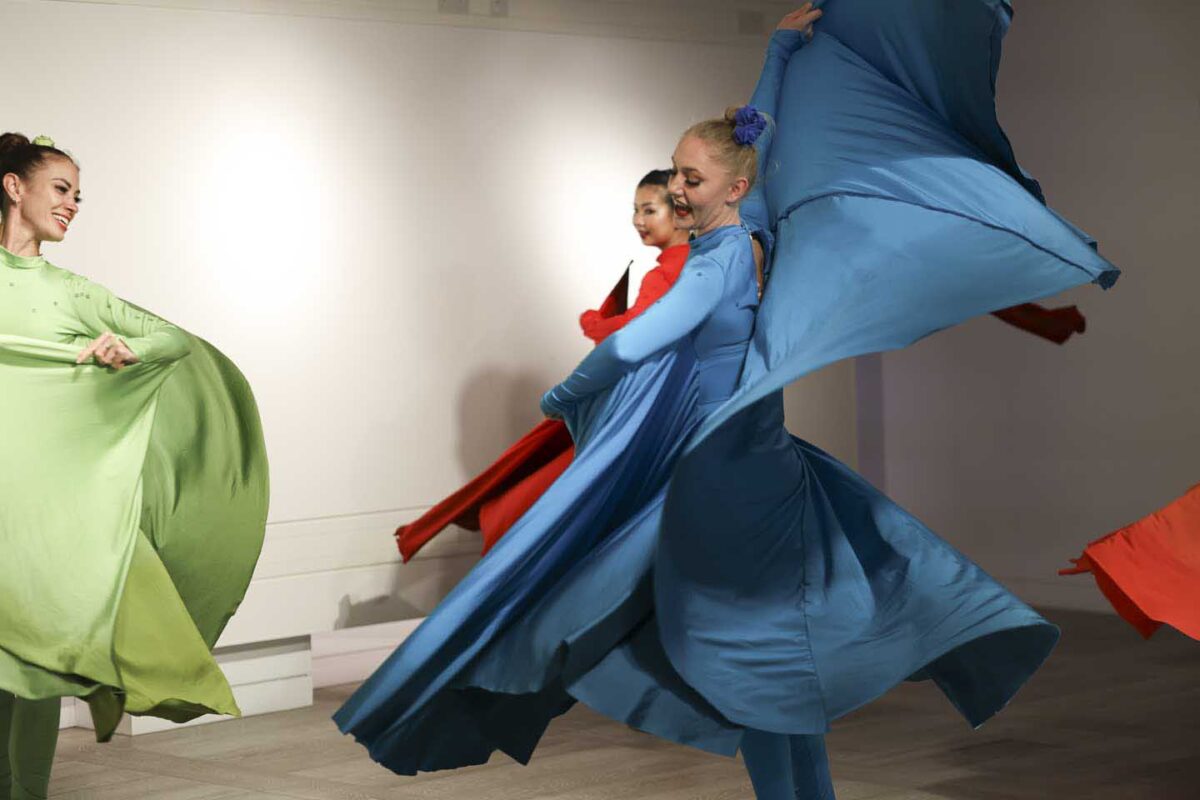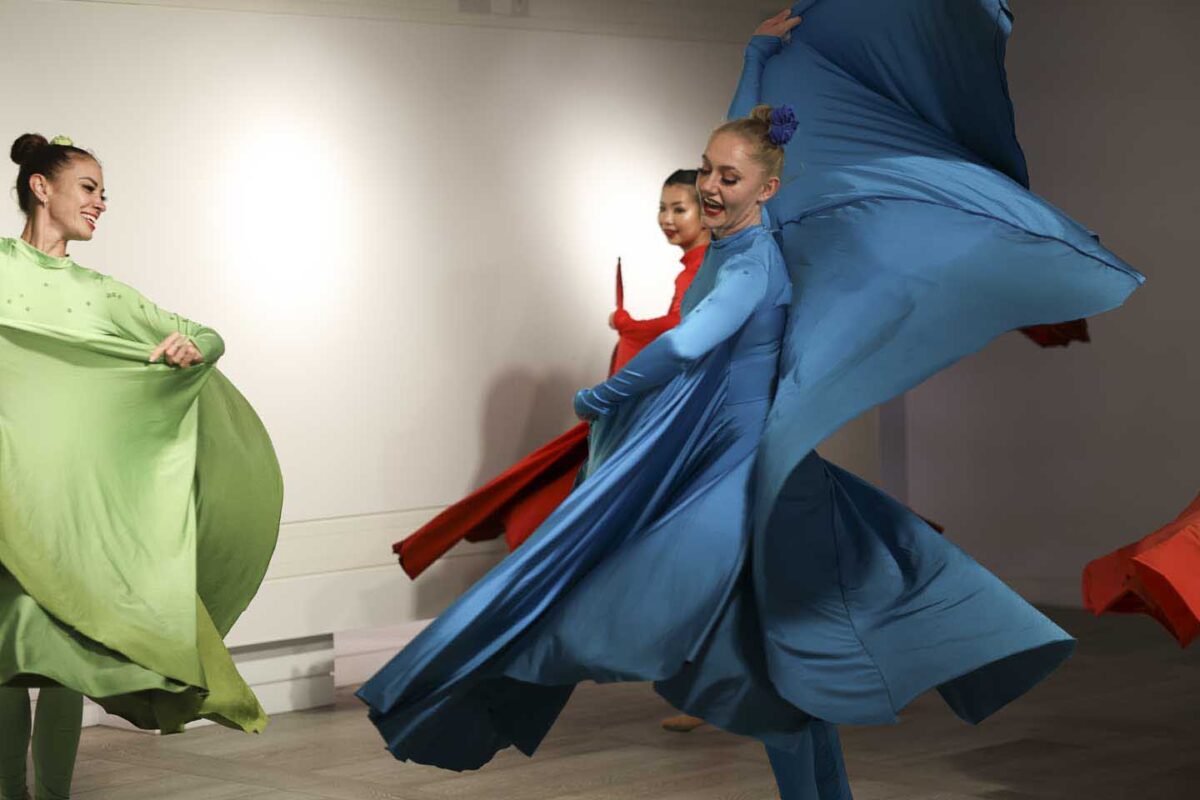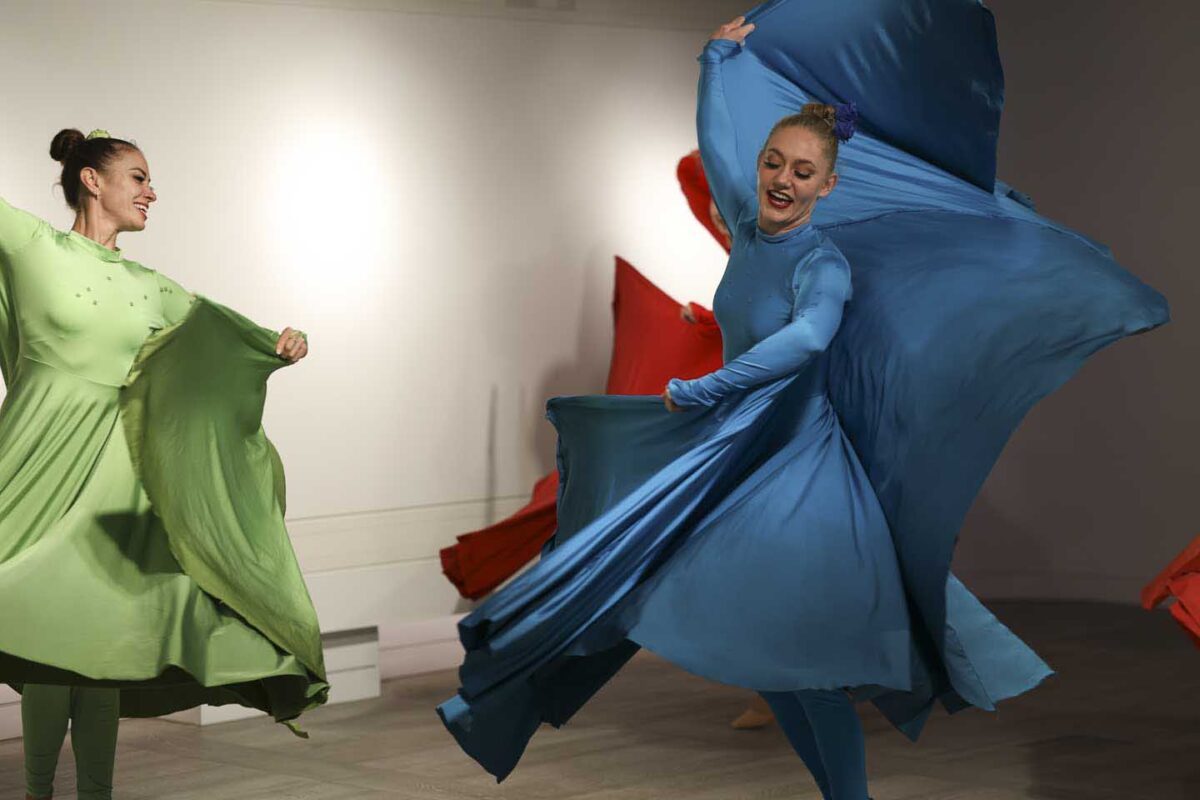Like the original R6, the Canon R6 Mark II has a full-frame sensor, however its resolution has been increased to 24.1-million-pixels. This is a new sensor but it’s not backside-illuminated (BSI) or stacked. According to Canon, switching to a BSI or stacked design would mean the price of the R6 II would have rise above what it considers acceptable and its launch price is already £2,779.99 / €3,149.99.
The 24MP sensor is paired with a new variation on the Digic X processing engine that we’ve seen in cameras such as the flagship Canon EOS R3 and Canon R5 and R6. In the Canon R6 II, when the electronic shutter is used, the processor and sensor combination enables a top continuous shooting rate of 40fps with autofocus and tracking for up to 75 raw files or 190 Large Jpeg images. This rate can also be slowed to 20fps or 5fps if the top rate isn’t needed. Changing to the mechanical shutter drops the maximum shooting rate to 12fps but the burst depth rises to over 1000 Jpegs, 110 raw files or 1000 CRAW files.
Like the APS-C format Canon EOS R7, the R6 II has a Raw Burst mode in which it can shoot up to 191 raw files at 30fps (with AF tracking) with pre-capture of the images 0.5 second before the shutter button is pressed. That’s ideal for unpredictable action however, individual images must be extracted from the sequence using Canon’s Digital Photo Professional software, or in camera, and then be saved as separate Jpeg, HEIF or raw files.
There’s lots of attention on autofocus systems and subject detection at the moment. The Canon R6 II inherits the R3’s Dual Pixel CMOS AF II and subject detection systems, although it doesn’t have the benefit of the extra speed brought by the flagship camera’s stacked sensor. Nevertheless, it’s sensitive down to -6.5EV, has an improved deep learning algorithm and the eye-detection works in any focus mode or with any focus area. There are also three different sized Zone AF options and ‘planes and trains are added to the list of detectable subjects in the ‘Vehicle’ section, while horses (and zebras) are added to the ‘Animal’ list. That makes the complete list: Humans, Animals (Dogs, Cats, Birds and horses), Vehicles (Racing cars or Motor bikes, Aircraft and Trains). There’s also a new ‘Auto’ subject detection mode in which the camera will look for any of the subjects in its detection list.
With updated eye tracking, it’s possible to specify whether the left or right eye should be given priority for focusing, and when the eyes can’t be detected, the EOS R6 Mark II focuses on the face in the frame. The camera uses a hierarchal approaching to focusing so that if the eyes and face aren’t detectable, it will track the person’s head, and if that’s not visible, it will track their body.
A new Face only AF option also instructs the camera to not focus on the background when the subject leaves the frame. If the subject re-enters the frame it will begin to track them again. That could be very useful with subjects that are tricky to keep up with.
Canon has also given the EOS R6 II Focus bracketing with the ability to composite the images in-camera and Jpeg-only multiple exposure mode that can combine up to 9 shots.
The new camera also inherits the Panorama mode that was introduced with the R7 and that combines the images in camera.
The original R6’s in-body image stabilisation is very capable and rated at 8-stops, but Canon claims that the R6 Mark II has the world’s most effective stabilisation performance and again it comes with a claimed shutter speed compensation of 8-stops.
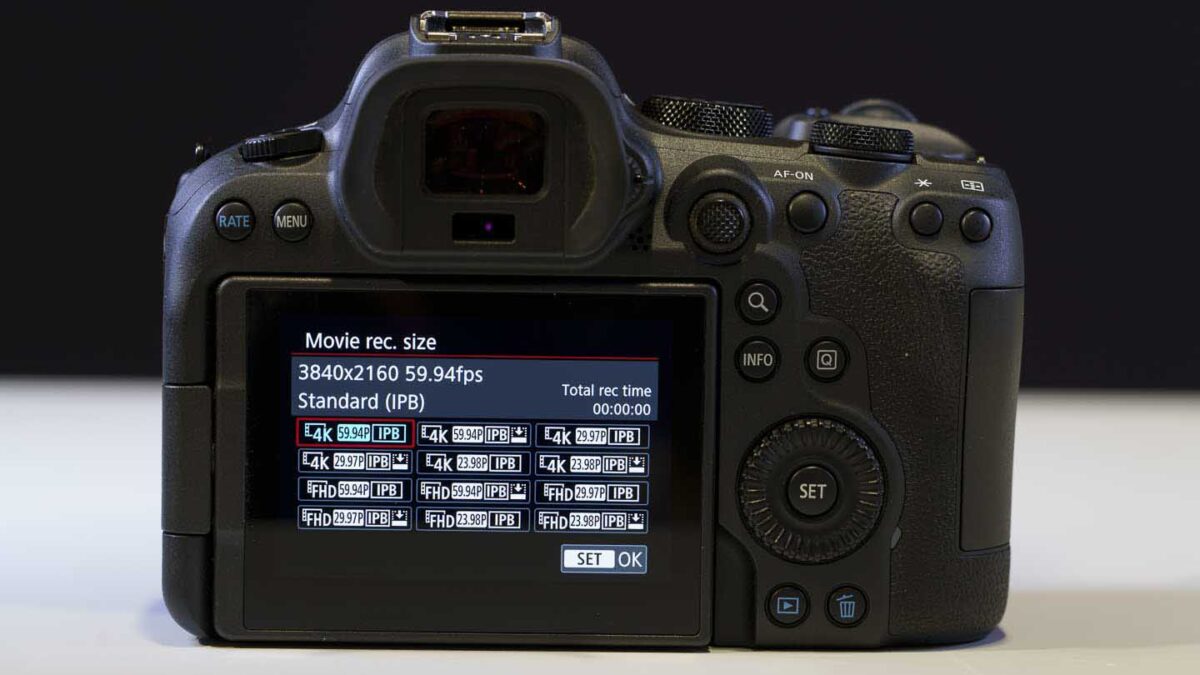
Canon EOS R6 Mark II video features
Although the R6 can record 4K video at 60p, there’s a 1.52x crop applied. That crop has gone with the R6 Mark II and it can shoot 4K 60p using the full-width of the sensor. Those looking to produce more extreme slow motion video will appreciate the R6 II’s Full HD 179.82fps capability.
Further good news is that all 4K video is created by oversampling the sensor’s 6K output, which boosts image quality.
Thanks to its improved circuit design and the removal of the usual 25 min 59 second recording limit, the Canon R6 Mark II can record over 40 minutes of oversampled 4K 60p footage or up to 6 hours at 4K 30p – provided the ambient temperature is acceptable and there’s enough storage capacity and power.
Alternatively, the EOS R6 Mark II can output 6K raw video to an Atomos Ninja V+ connected via the camera’s HDMI port, giving much more post-capture control.
There’s also a movie pre-recording mode that sets the camera to stream the footage while it’s in standby mode and then record a 3 or 5 second clip from before the record button is pressed (as well as the footage after it is pressed). It’s handy for unpredictable action.
To help nail the exposure in movies, the R6 II has a False colour option that uses 6 colours to indicate the brightness of elements of the scene. There’s also support for HDR via PQ and Canon Log 3.
In addition, the R6 II can use focus breathing correction with compatible lenses so that the framing doesn’t change with focus distance.
Lenses that currently support focus breathing correction (after a firmware update) include:
RF 14-35mm F4 L IS USM
RF 15-35mm F2.8 L IS USM
RF 24-70mm F2.8 L IS USM
RF 24-105mm F4 L IS USM
RF 70-200mm F2.8 L IS USM
RF 70-200mm F4 L IS USM
RF24mm F1.8 Macro IS STM (no firmware update required)

Connectivity options
Canon has updated the EOS R6 Mark II’s Bluetooth connectivity to v.5 and this plus the Wi-Fi (5GHz) enables the camera to connect to a smartphone or network for high-speed file sharing and FTP/FTPS/SFTP transfer.
As you’d expect the camera can also be controlled remotely using Canon’s free Camera Connect and EOS Utility apps. It can be tethered to a computer (PC or Mac) or a smartphone via Wi-Fi or a USB-C connection.
It’s also possible to use the EOS R6 Mark II as a webcam on Skype, Zoom and Teams etc, without having to install additional software.
In addition, the R6 II has a multi-function shoe for mounting and connecting a range of accessories without the need for cables, and in some cases batteries.
